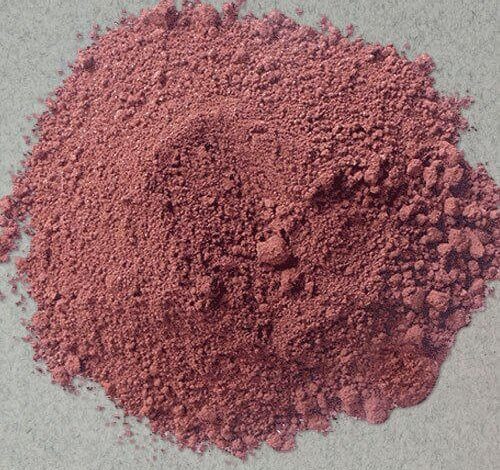Understanding the Safety of This Common Mineral
Hematite: A Non-Toxic and Safe Mineral
Hematite is a naturally occurring iron oxide (Fe₂O₃) widely used in industries such as steel production, construction, and even energy storage. While many people wonder whether hematite is toxic, the mineral is generally considered non-toxic and safe for use in various applications. Its non-reactive, stable nature ensures minimal risks to health and the environment. This article will discuss whether hematite is toxic, its safety considerations, and why it’s trusted in different industries.

What Is Hematite and Where Is It Used?
Hematite is an iron-rich mineral known for its metallic luster and reddish-brown streak. It is one of the primary sources of iron ore, which is critical for steelmaking and various industrial uses. Beyond heavy industries, hematite is used in cosmetics, pigments, and even jewelry.
https://iranmineral.net/hematite-import-to-india/
Common Uses of Hematite
- Steel production: Hematite is a key raw material for producing steel, which is used in construction, automobiles, and infrastructure projects.
- Pigments: Ground hematite is used to create red pigments for paints, coatings, and cosmetics.
- Jewelry: Hematite is popular in crafting beads and other jewelry items due to its shiny, metallic appearance.
Given its widespread use in industries and consumer products, it’s crucial to examine whether hematite poses any toxic or safety risks.
Is Hematite Toxic to Humans?
Non-Toxic and Non-Hazardous Properties
Hematite is non-toxic to humans and animals in its natural state. Since it is chemically stable and does not dissolve easily in water or react with most substances, hematite poses no risk when handled or used in industrial processes. This makes it safe to touch, handle, and use in everyday applications like jewelry and cosmetics without fear of toxicity or adverse health effects.
The dust from hematite, like other fine powders, can be harmful if inhaled in large quantities over prolonged periods. However, this is not unique to hematite—many other non-toxic minerals pose the same risk when inhaled in dust form. Proper protective measures, such as masks and ventilation, are essential in environments where hematite dust may be present.
Skin Contact and Ingestion
For everyday use, such as in cosmetics or jewelry, hematite is considered safe for skin contact. It does not release harmful chemicals or cause allergic reactions in most people. There are no significant risks associated with accidental ingestion of small amounts of hematite, such as through dust exposure in non-industrial settings.
Environmental Safety of Hematite
Hematite is also environmentally safe and does not pose hazards to ecosystems. Since hematite is a naturally occurring mineral, it does not degrade into harmful substances when exposed to natural elements like water or air. It is inert and does not leach toxins into the soil or groundwater, making it an environmentally friendly material.
Hematite in Industrial Use
In industrial settings, hematite is handled safely as part of various production processes, including steel manufacturing and drilling fluids. When proper safety protocols are in place—such as controlling dust emissions and following handling guidelines—hematite remains a non-toxic material for workers and the environment.

